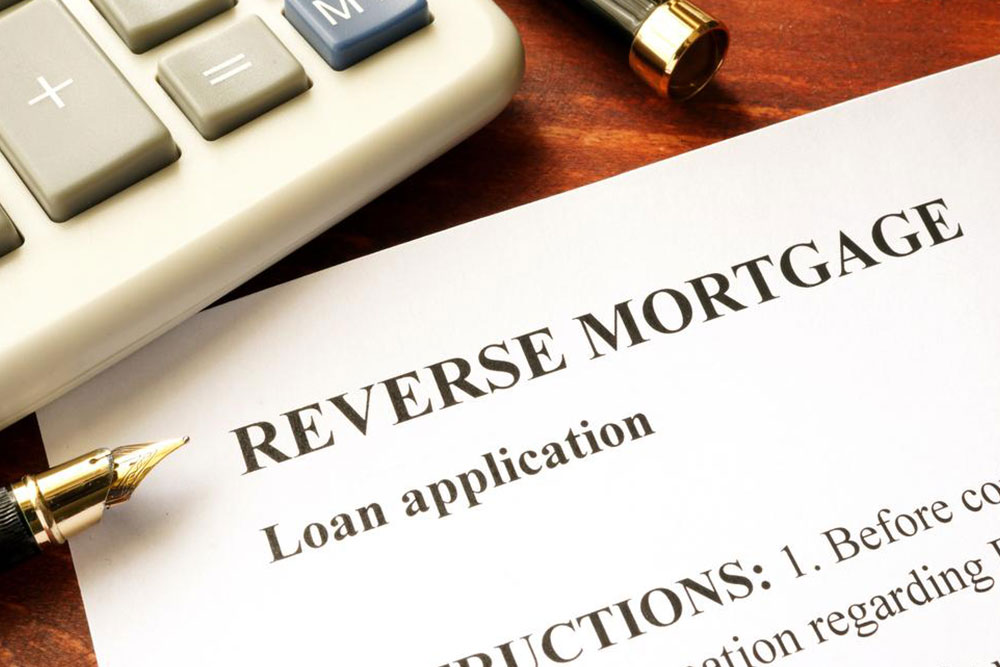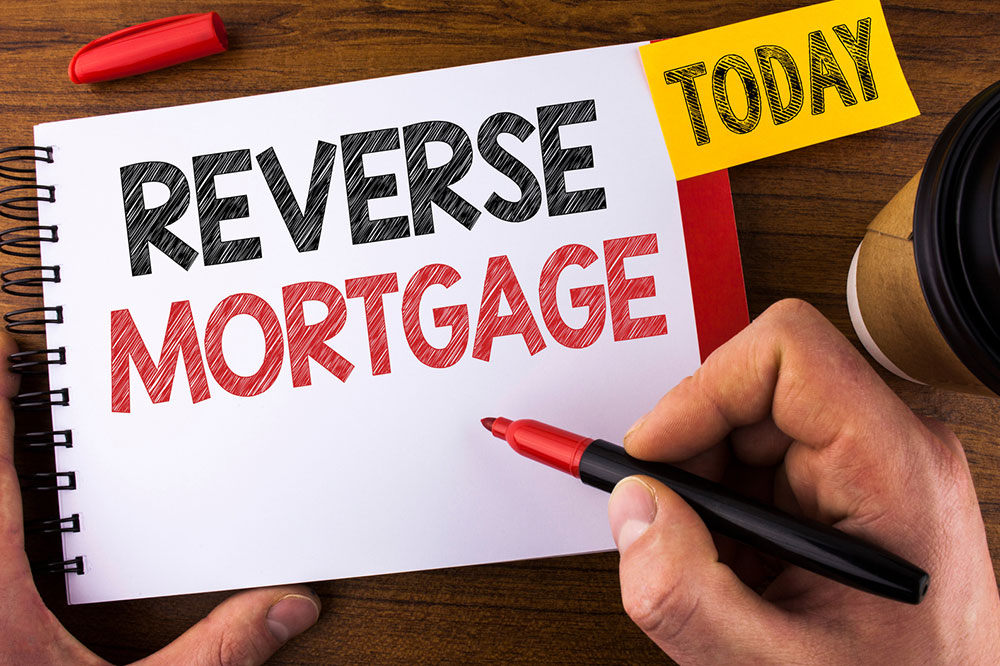Comprehensive Guide to Reverse Mortgage Interest Rate Options for Seniors
This comprehensive guide explores the different interest rate options available for reverse mortgages, helping seniors understand fixed and variable rates, their benefits, and how to choose the best solution for secure retirement planning. Learn about market indexes, adjustment frequencies, and key factors influencing your loan costs to make informed financial decisions.

Comprehensive Guide to Reverse Mortgage Interest Rate Options for Seniors
For seniors aged 62 and above, reverse mortgages offer a strategic financial solution to unlock home equity and boost retirement income. These loans allow homeowners to access funds while maintaining residence in their homes. The amount available depends largely on the appraised value of the property and the amount of equity accumulated over years of ownership. As the reverse mortgage market expands, a variety of lenders now offer innovative and flexible interest rate options tailored to meet diverse needs and financial goals of seniors.
Understanding how these interest rates work, along with their benefits and limitations, is critical before entering into a reverse mortgage agreement. This comprehensive guide will delve into the different types of interest rate structures, how they influence your overall costs, and the strategic considerations that can help you optimize your financial benefits. Whether you are considering a fixed or variable interest rate, being informed will empower you to make decisions that align with your retirement plans.
Reverse mortgages permit seniors to access cash without selling their homes or making monthly repayments during their lifetime. This non-taxable loan must be repaid only when the borrower sells the home, moves out permanently, or passes away. Although interest rates and associated fees can be substantial, they are often incorporated into the loan principal, eliminating the need for upfront payments.
Interest rate structures in reverse mortgages primarily fall into two categories: fixed and variable. Fixed interest rates remain constant over the loan term, providing predictability and peace of mind. Variable interest rates, on the other hand, fluctuate based on market indexes, offering potential savings if rates decline but also exposing borrowers to rate increases. Understanding the mechanics of both options is essential for choosing the most suitable financial product for your circumstances.
Variable interest rates are usually determined by a benchmark index such as the LIBOR, SOFR, or the Constant Maturity Treasury, plus a lender-mandated margin or spread. The adjustment frequency, whether monthly or annual, can influence the overall cost of the loan and the borrower’s ability to plan financially. Additional factors such as initial interest rates, expected rates, compounding methods, and available credit lines should be carefully analyzed to maximize the benefits and minimize potential risks.
The optimal choice of interest rate depends on several variables, including age, home equity, current market conditions, and future interest rate forecasts. Typically, older borrowers with significant home equity and stable or declining interest rates can benefit more from fixed-rate options for predictable payments. Conversely, those expecting interest rates to fall or seeking flexibility might prefer adjustable-rate products.
Overall, working with reputable lenders who clearly explain the specifics of each interest rate structure can ensure you make an informed decision. Prospective borrowers should evaluate the long-term implications of their interest rate choices, including how fluctuations could affect the total repayment amount. Balancing risk and benefit, along with personal financial goals, will enable seniors to leverage reverse mortgages effectively and enhance their retirement security.





